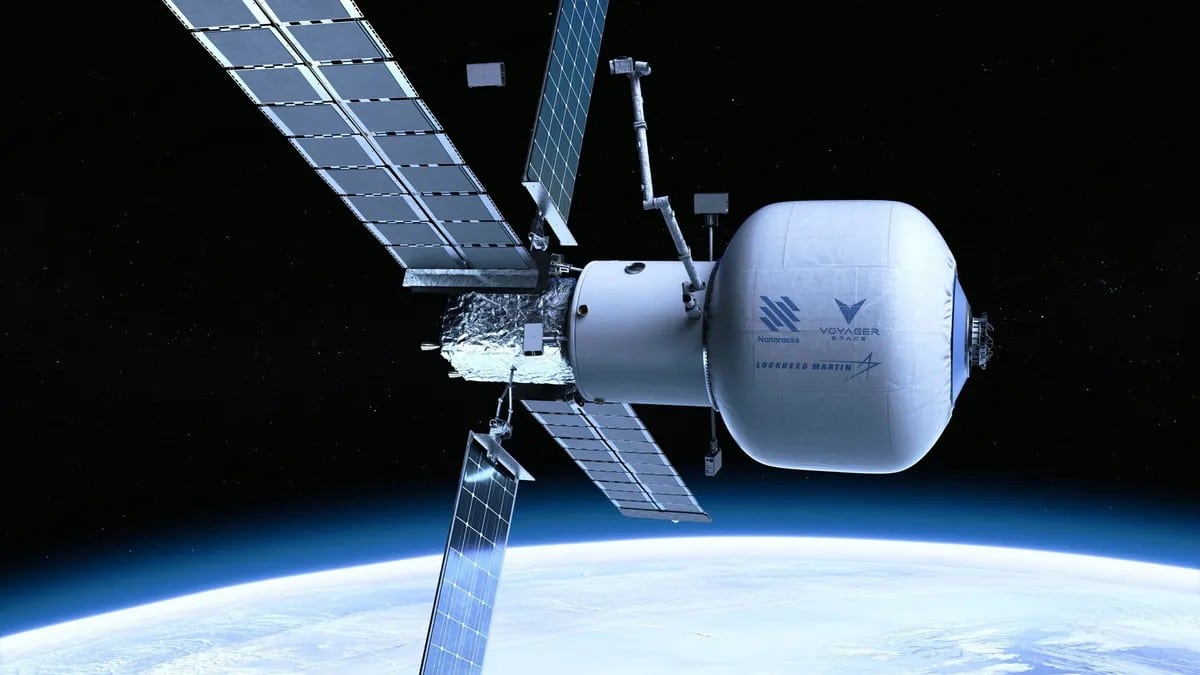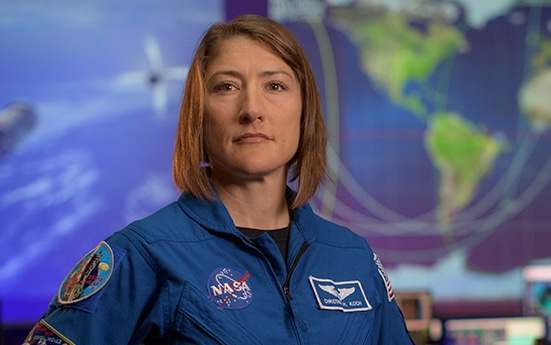Pluto has always been one of those outer space mysteries that poses several unanswered questions. Thanks to New Horizons, scientists were able to get images of the dwarf planet up close and discover many interesting things about it. Aside from the Pluto fly-by, the spacecraft also achieved its second major mission. These are the spacecraft’s discoveries during and after the fly-by and their significance.
What is New Horizons?
Launched by the United States on January 19, 2006, New Horizons is a mission to study Pluto and its moons. The mission also seeks to study objects in the Kuiper Belt, which is a solar system region.
The spacecraft of the same name became the first to encounter Pluto and its moons up close on July 14, 2015. It also became the first spacecraft to explore a second Kuiper Belt object, Arrokoth, up close on January 1, 2019.
The first encounter that changed the game
Although the Pluto fly-by was the first and most famous achievement of New Horizons, some encounters quickened the success. On February 28, 2007, the spacecraft flew by Jupiter, the largest planet, for a gravity assist maneuver.
This maneuver reduced the Pluto trip by three years by increasing the spacecraft’s velocity by 14,000km/h. New Horizons carried out observations designed to gather new data on the planet’s ring system and other things- these observations took about four months in 2007.
Pluto’s size discovered
One of the mysteries about Pluto that scientists hadn’t been able to figure out was its size. On July 10, 2015, the spacecraft was used to get the real size of the planet and its moon. It was quite different from the estimate.

Scientists concluded that Pluto’s moon, Charon, was about 1,208 kilometers (750 miles), and the planet itself was about 2,370 kilometers (1,470 miles) in diameter. Compared to prior estimates, the planet turned out to be larger than expected.
The intriguing features we didn’t know earlier
The spacecraft also carried out observations of Pluto and its satellites, Kerberos, Nix, Styx, and Hydra. After the complete download of the collected data, mission scientists discovered that Pluto and its satellites were more intriguing than imagined.
It was discovered that Pluto has evidence of huge changes in atmospheric pressure. They also found out that Pluto may have had standing or running liquid volatiles on its surface in the past. Interestingly, Pluto might have an internal water-ice ocean today.
An unusual Kuiper Belt object
After the Pluto fly-by, New Horizons was redirected for a fly-by of a Kuiper Belt object. This object, which was about 6.4 billion kilometers, was later given the official name Arrokoth.
Arrokoth’s snowman-like shape wasn’t like anything the mission scientists had seen before. The uniqueness of this object raises the need for scientists to learn more about how the building blocks of planets form.





